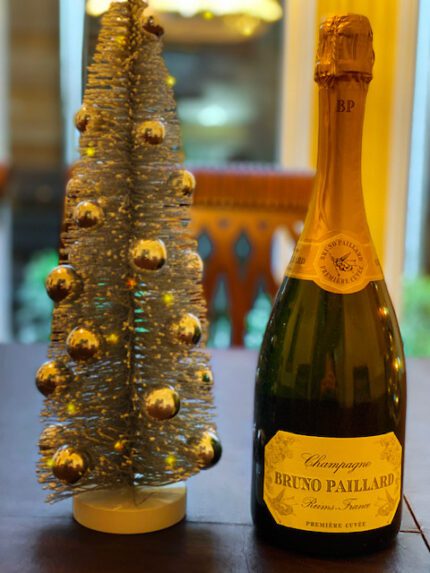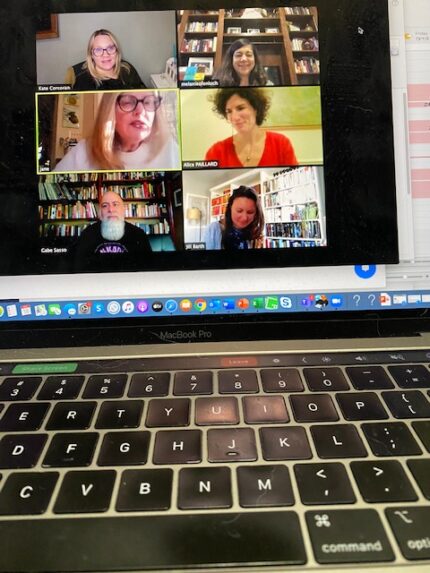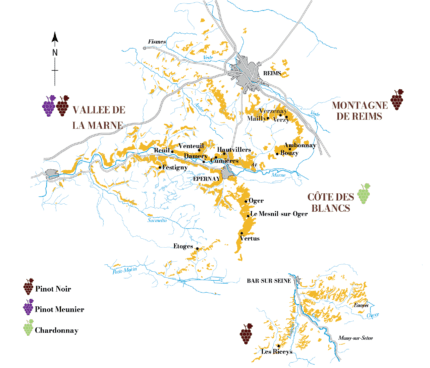
Bruno Paillard is known for changing the game in the champagne industry, one that almost never sees change. After following his family legacy of becoming a champagne broker, he decided he wanted to create a different champagne. Not having a penny or a vineyard to his name, he sold a vintage Jaguar to start his own company. Today he owns his own Champagne house and 32 hectares of vines, including 12 grands crus that provide two thirds of the grapes that the house needs. The remainder are from independent growers from more than 30 different villages.
He was born in Reims in 1953. His lineage of brokers and growers in the two Grands Crus villages of Bouzy and Verzenay date back to the 17th century. Bruno Paillard started producing his champagnes in a rented cellar using carefully selected grapes from independent growers.
In 1984, he invented the first totally “above-ground” cellar. This brand new design allowed him to strictly regulate the temperature, lighting and humidity.

I recently had the chance to talk to Alice Paillard, his daughter, who joined the company in January 2007. After working in the vineyards and then in the cellar for the first year followed by four years of developing exports, she now runs the company.

She talked about how the champagne house is a hybrid in the world of champagne, being a small house producing about 300,000 bottles a year. “We are small, but not too small,” she said. “In every step, there is absolute cohesiveness with what we do – the locations of our vineyards and who we buy from.”
Alice also talked about being “one of the youngest champagne houses, but observing the oldest wine systems.” A great champagne for Bruno Paillard is an “assemblage” or blending of diverse crus, grape varieties and vintages.
We tried the Bruno Paillard Premiere Cuvée, which is a composition of 30 Crus of 25 vintages and a blend of Pinot Noir (45%), Chardonnay (33%) and Pinot Meunier (22%). I tasted notes of citrus, grapefruit, raspberry, cherry, almonds and brioche. Delicious! Just like it was when I tried it last year without the wonderful conversation with Alice.
She also talked about how they were the first in Champagne to put the disgorgement date on the back-label. Disgorgement (or dégorgement) is a core process in the traditional method of winemaking for champagne. It involves the removal of the frozen sediment (yeast) collected in a plastic pot (pellet) at the neck of the inverted bottle, at the end of the second fermentation.This is so consumers can quickly see whether the bottle is fresh or old stock.
It’s amazing to hear about the journey of a 27-year-old who once traded his most prized and only possession of value to make a difference in an industry that is not known for being innovative. It is one family’s collective vision of bringing change to light and becoming a visionary in in the Champagne region.



